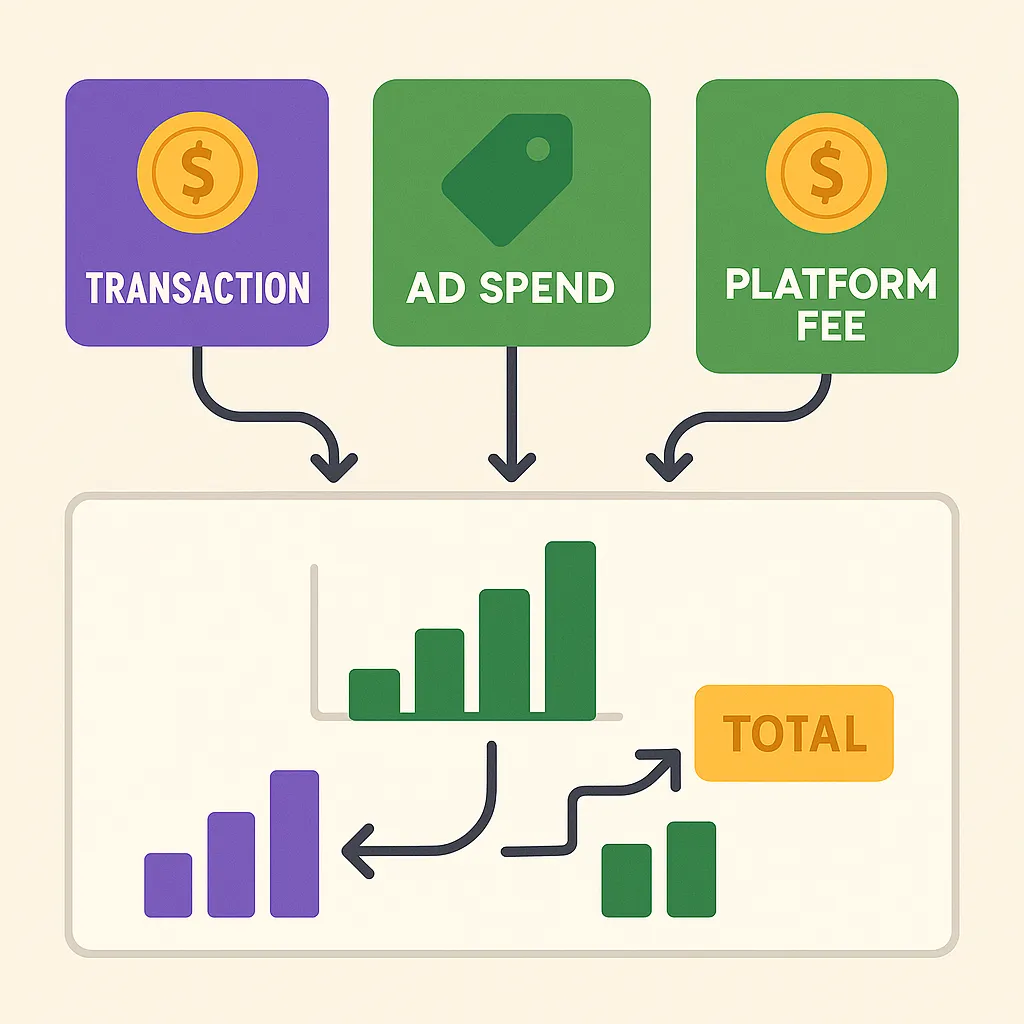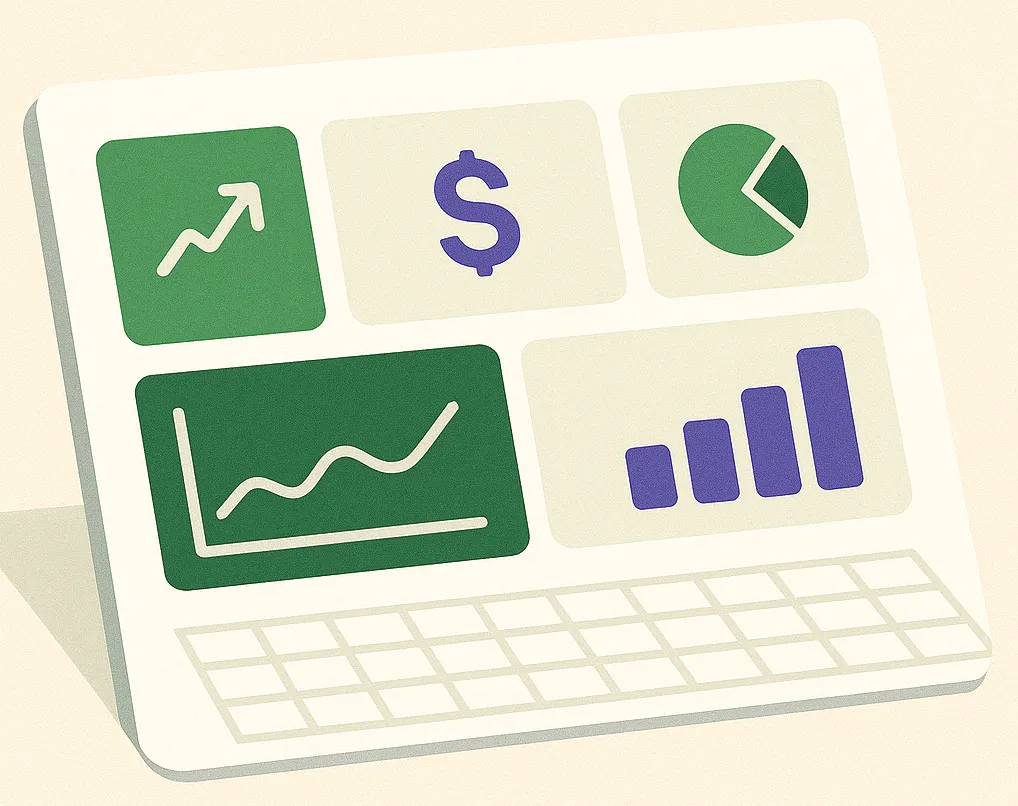The Silent Struggle of E-commerce Accounting
If you run an e-commerce business, you've likely felt the quiet frustration of payout reconciliation. That moment when the deposit from Shopify or Stripe hits your bank account, but the number doesn't quite match the sales you see in your dashboard. What follows is a time-consuming hunt for answers, digging through CSV files to account for every last cent.
You're not alone. This process is a major operational headache for businesses of all sizes. In this article, we'll break down the five most common causes of this frustration and show you how to solve them for good.
Headache 1: Hidden Platform Fees
The Problem: The most common culprit is the mountain of fees that platforms deduct before sending your payout. This includes transaction fees, processing fees, currency conversion fees, and even charges for things like chargebacks or specific app services. Manually tracking these is nearly impossible.
The Solution: An automated reconciliation process is key. Instead of just looking at the final payout number, you need a report that pulls both the gross sales data and the detailed fee data from the platform's API. A proper reconciliation report, like our "Shopify Payout Reconciliation" recipe, automatically itemizes every single fee associated with a payout period, showing you exactly where every dollar went. The Problem: The sales you made on Monday aren't necessarily in the payout you receive on Wednesday. Payout periods are often on a rolling basis (e.g., T+2 days), and they can be affected by weekends and holidays. This "timing lag" makes it incredibly difficult to match a specific day's sales to a specific bank deposit. The Solution: Don't try to match daily sales to daily payouts. Instead, use the payout ID or settlement ID provided by the platform. A good automated report will group all the orders, refunds, and fees associated with a single payout ID. This way, you're comparing a self-contained batch of transactions to the exact deposit amount, eliminating any timing confusion. The Problem: A customer refund issued today might be deducted from a payout three days from now. Chargebacks can appear even later, creating confusing negative balances in your reports. Trying to trace these back to the original order is a manual, error-prone process. The Solution: Your reconciliation report must be able to pull refund and chargeback data and link it back to the original order and the specific payout it was deducted from. This creates a closed-loop system where every transaction, positive or negative, is clearly accounted for within the correct settlement period. The Problem: If you sell internationally, you're dealing with another layer of complexity. You might sell something for €20, but the payout you receive is in USD after currency conversion fees and exchange rate fluctuations. Reconciling this manually across dozens of orders is a recipe for disaster. The Solution: Use a system that can pull transaction data in the original currency and the payout currency. This allows you to see the exact exchange rate and fees applied to each international transaction, ensuring your books are accurate across all regions. The Problem: As your business grows, so does your data. Manually downloading, combining, and pivot-table-ing multiple CSV files with thousands of rows is not just slow - it's fragile. A single copy-paste error can throw off your entire month's accounting. The Solution: This is where automation becomes a necessity, not a luxury. Let a tool like Spreadsheet Broccoli handle the data aggregation. By using a pre-built recipe, you eliminate the risk of manual error entirely. The system connects directly to the data source, processes it consistently every time, and delivers a clean, reliable report. Stop the manual reconciliation nightmare. Try our automated Payout Reconciliation recipe today. Payout reconciliation doesn't have to be a source of stress. By replacing manual processes with an automated workflow, you can solve these common headaches and gain confidence in your financial data. You'll not only save countless hours but also equip yourself with the accurate, detailed insights needed to make smarter business decisions.

Headache 2: Timing Mismatches
Headache 3: Handling Refunds and Chargebacks
Headache 4: Multi-Currency Management
Headache 5: The Sheer Volume of Data
Conclusion: From Headache to Hands-Free
